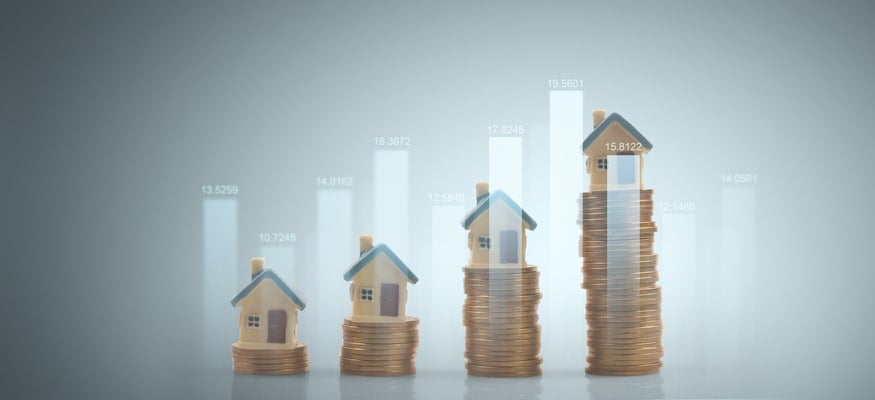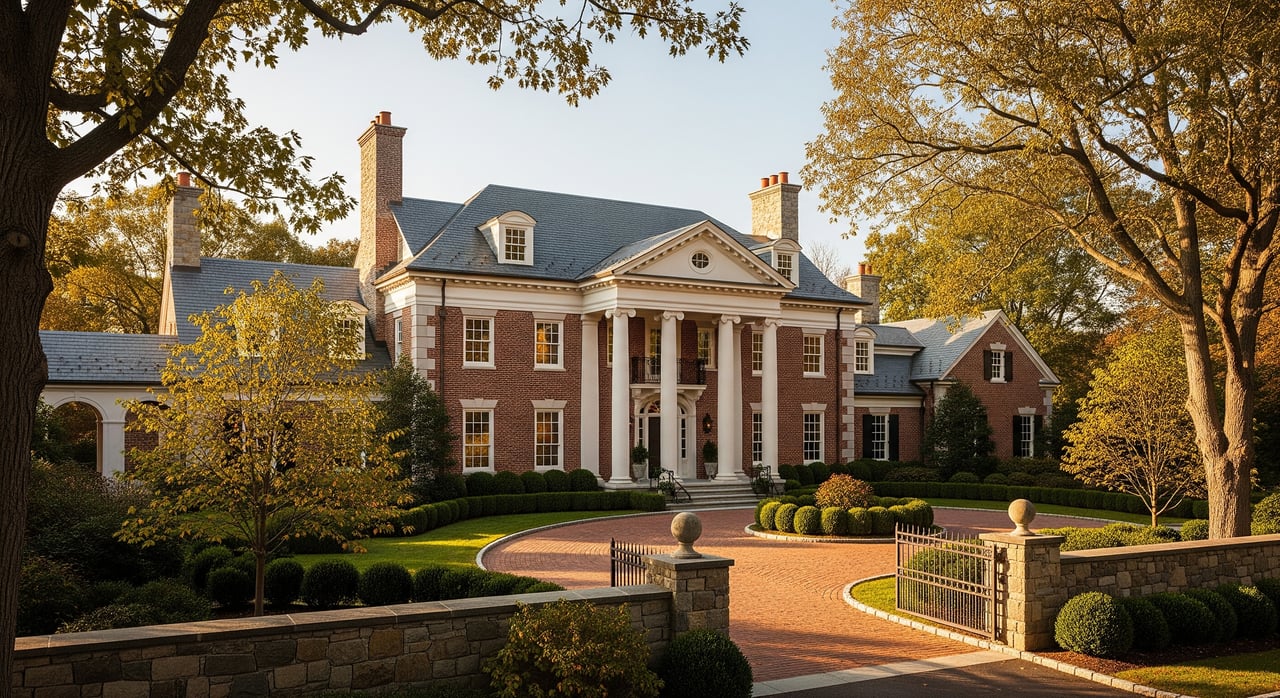Making an Offer They Can’t Refuse: Mastering Property Pricing Strategies
Taylor Yates | May 6, 2024

Taylor Yates | May 6, 2024

When you're ready to make an offer on a property, whether as a potential homebuyer or as an investor, one of the most critical steps is determining the right price to offer. This decision can make or break a deal. Here’s how you can master the art of pricing a property to ensure your offer is competitive yet reasonable, leveraging data and market insights.
The first step in figuring out the right price for a property is to analyze comparable sales, often referred to as "comps." Comps are recently sold properties that are similar in size, condition, and location to the property you are considering. By examining the sale prices of these properties, you can get a baseline for what buyers are willing to pay for similar properties in the same area.
The growth rate of the town where the property is located can significantly affect property values. A town experiencing high growth in terms of population or job opportunities is likely to see an increase in property demand, pushing prices upward. Conversely, towns with declining growth may see stagnating or falling property prices.
Calculating the price per square foot provides a useful metric for comparing properties of different sizes and types. It’s calculated by dividing the property price by its total square footage. This metric helps normalize the data and allows for a more apples-to-apples comparison between different properties.
Knowing the highest price that a property has sold for in the neighborhood can provide a ceiling benchmark for what prices might be expected to reach, particularly in a competitive market. This is crucial for not overvaluing your offer, especially in a bidding war scenario.
AVMs use algorithmic modeling to estimate property values based on various factors, including market conditions, property characteristics, and historical data. While not always precise, AVMs provide a good starting point and can help you quickly evaluate numerous properties.
Understanding broader market conditions is vital. This includes analyzing the price point trends, the specific town or area, and the current year’s market dynamics. For instance, a seller’s market might require you to adjust your offer upward to be competitive, whereas a buyer’s market might allow more room for negotiation.
Combine all the gathered data—comps, growth rates, price per square foot, highest neighborhood price, and AVM outputs—to formulate a competitive offer. It’s not just about meeting the seller’s price but making an offer that is compelling, justified by data, and tailored to current market conditions.
Pricing a property correctly is both an art and a science that requires a blend of market knowledge, analytical skills, and intuition. By understanding and utilizing these essential components—comps, town growth rates, price per square foot analysis, highest neighborhood prices, AVMs, and overall market conditions—you position yourself to make an offer that truly they can't refuse.
Whether you are a first-time homebuyer or a seasoned real estate investor, these strategies will help you navigate the complexities of real estate pricing and ensure that your next property offer is a winning one. Happy house hunting!
Stay up to date on the latest real estate trends.

December 4, 2025

Taylor Yates | December 1, 2025

Taylor Yates | November 24, 2025

November 21, 2025

Taylor Yates | November 17, 2025

Taylor Yates | November 10, 2025

Monthly feature
Taylor Yates | November 6, 2025
Low inventory, high demand, and fierce competition have led to a surge in bidding wars for rentals in Boston.

Taylor Yates | November 3, 2025

Paige Yates | October 30, 2025
Does extra space actually give you the biggest bang for your buck?
We bring decades of experience to transactions large and small and treat every client with the high level of service they deserve. Whether your goal is to build, buy, or sell a home, I would be honored to serve and help you with your real estate needs!